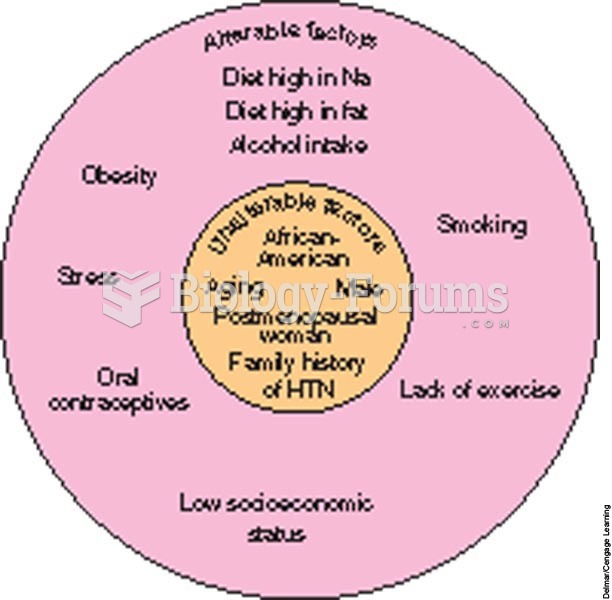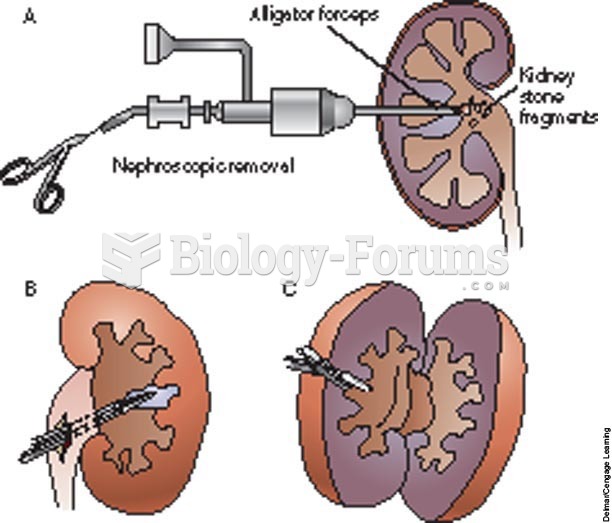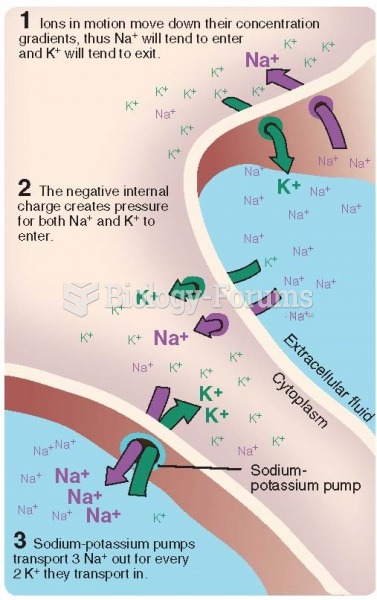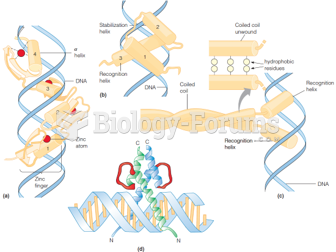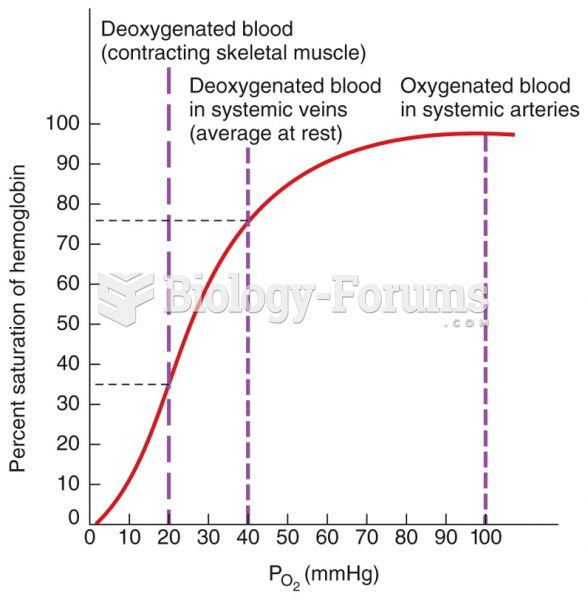Answer to Question 1
A
Answer to Question 2
The most widely accepted approach to classifying consumer products is based on characteristics of consumer buying behavior. It divides products into four categories: convenience, shopping, specialty, and unsought products.
Convenience products are relatively inexpensive, frequently purchased items for which buyers exert only minimal purchasing effort. They range from bread, soft drinks, and chewing gum to gasoline and newspapers. The buyer spends little time planning the purchase or comparing available brands or sellers. Even a buyer who prefers a specific brand will generally choose a substitute if the preferred brand is not conveniently available. A convenience product is normally marketed through many retail outlets, such as 7-Eleven, ExxonMobil, and supermarkets.
Shopping products are items for which buyers are willing to expend considerable effort in planning and making the purchase. Buyers spend much time comparing stores and brands with respect to prices, product features, qualities, services, and perhaps warranties. Shoppers may compare products at a number of outlets. Appliances, bicycles, furniture, stereos, cameras, and shoes exemplify shopping products. These products are expected to last a fairly long time and are purchased less frequently than convenience items. Shopping products require fewer retail outlets than convenience products.
Specialty products possess one or more unique characteristics, and generally buyers are willing to expend considerable effort to obtain them. Buyers actually plan the purchase of a specialty product; they know exactly what they want and will not accept a substitute. Examples of specialty products include a Mont Blanc pen and a one-of-a-kind piece of baseball memorabilia, such as a ball signed by Babe Ruth. When searching for specialty products, buyers do not compare alternatives. They are concerned primarily with finding an outlet that has the preselected product available.
Unsought products are products purchased when a sudden problem must be solved, products of which customers are unaware, and products that people do not necessarily think of purchasing. Emergency medical services and automobile repairs are examples of products needed quickly to solve a problem.



